14 Fun Facts About Pokémon Cards That Every Fan Should Know
Pokémon cards have been part of many childhood memories and continue to be popular with collectors today. What started as a simple game has turned into a global phenomenon with rare cards fetching high prices. From printing quirks to unexpected values, there are plenty of surprises hidden in this hobby. Fans of all ages still enjoy learning new things about the cards they grew up with. Keep reading to find out some surprising facts that make these cards even more interesting.
This post may contain affiliate links, which helps keep this content free. Please read our disclosure for more info.
Charizard Was Not the Rarest in the Original Set
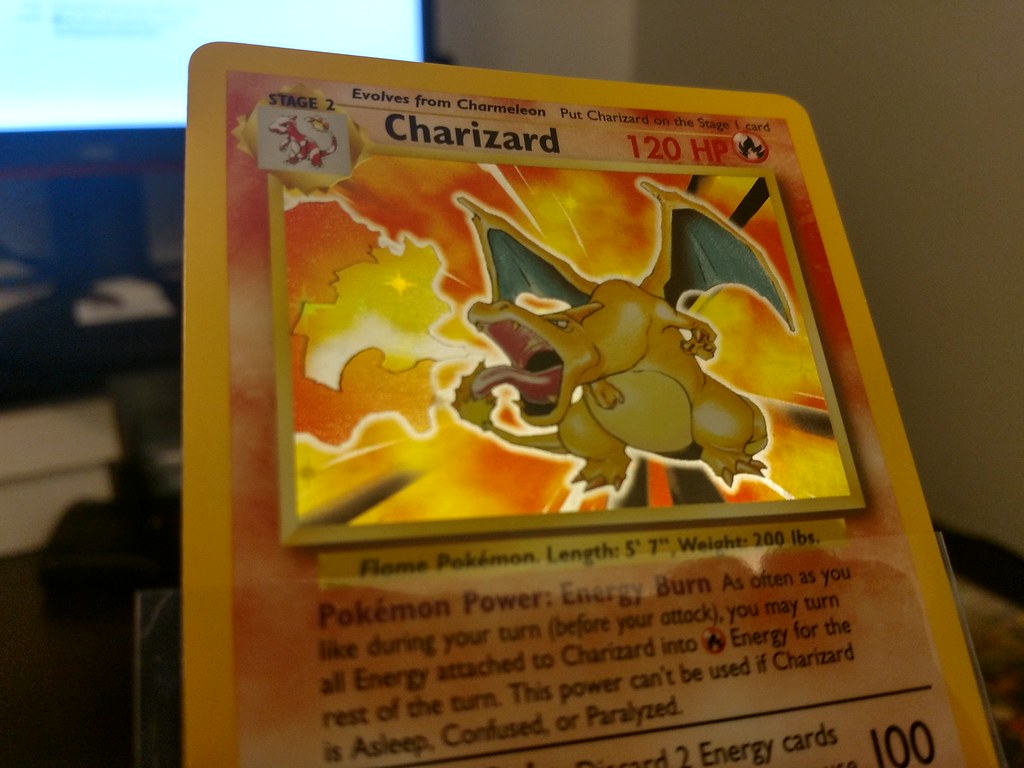
Charizard may have been the most popular, but it was not the rarest card in the original Base Set. That title belongs to cards like the 1st Edition Shadowless Blastoise or Chansey, which were harder to grade in mint condition. Charizard gained its reputation because of how strong it was in the game and how many fans loved it from the anime. Over time, demand pushed its value higher than almost any other card.
Many kids tried to trade multiple cards just to get one Charizard, even if theirs were rare too. The card became a status symbol on playgrounds and among collectors. As more people graded their childhood cards, clean versions became harder to find. That made Charizard even more sought after by serious collectors.
The Illustrator Card Is the Most Valuable Pokémon Card
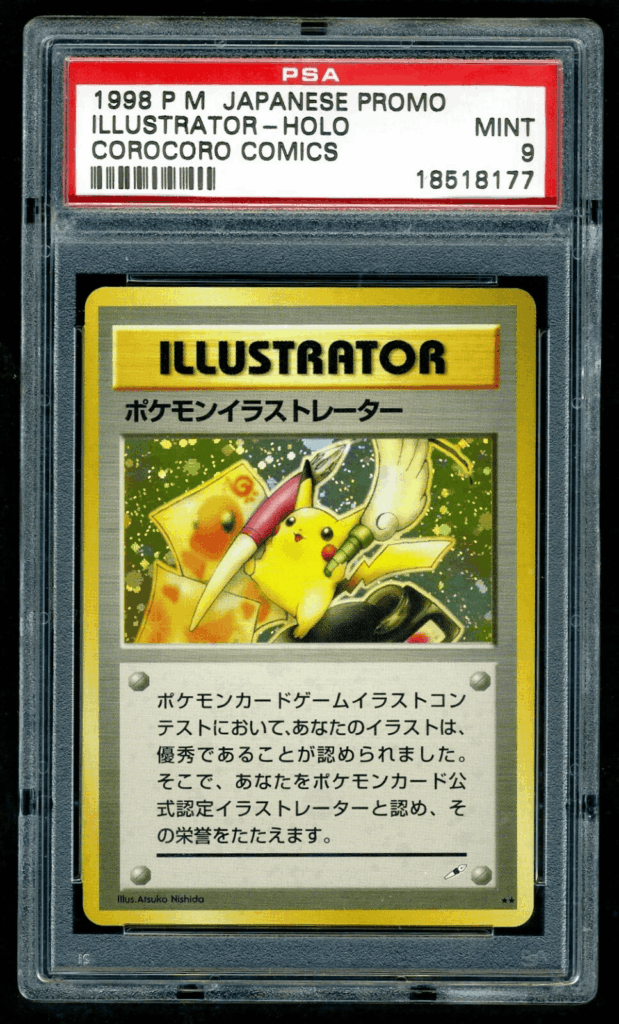
The Pikachu Illustrator card has fetched some of the highest prices in the entire Pokémon trading card world. It was given out to the winners of a 1997 art contest in Japan, and only a handful were made. What makes it special is that it was never sold in stores and features artwork by the original illustrator, Atsuko Nishida. This card is considered the rarest and most exclusive among collectors.
In recent years, one graded version was sold for millions of dollars. That made headlines and introduced the card to new fans. Despite its plain look, the story behind it made all the difference. It remains a top prize for anyone who truly collects for history, not just flashy art.
Shadowless Cards Are Different Than First Edition

Many people assume that first edition and shadowless cards are the same, but they are not. Shadowless cards came right after the first edition and have nearly identical designs, except they lack a shadow around the Pokémon’s box. They were part of a short printing run, which makes them fairly rare. Some players did not even notice the difference until years later.
Collectors prize shadowless cards because they are from that early wave of English printing. Even unlimited cards with shadows became more common in comparison. The small design detail created a split in value for otherwise identical cards. It is one of those details only longtime collectors fully appreciate.
Holographic Cards Can Scratch Just by Sitting in a Binder
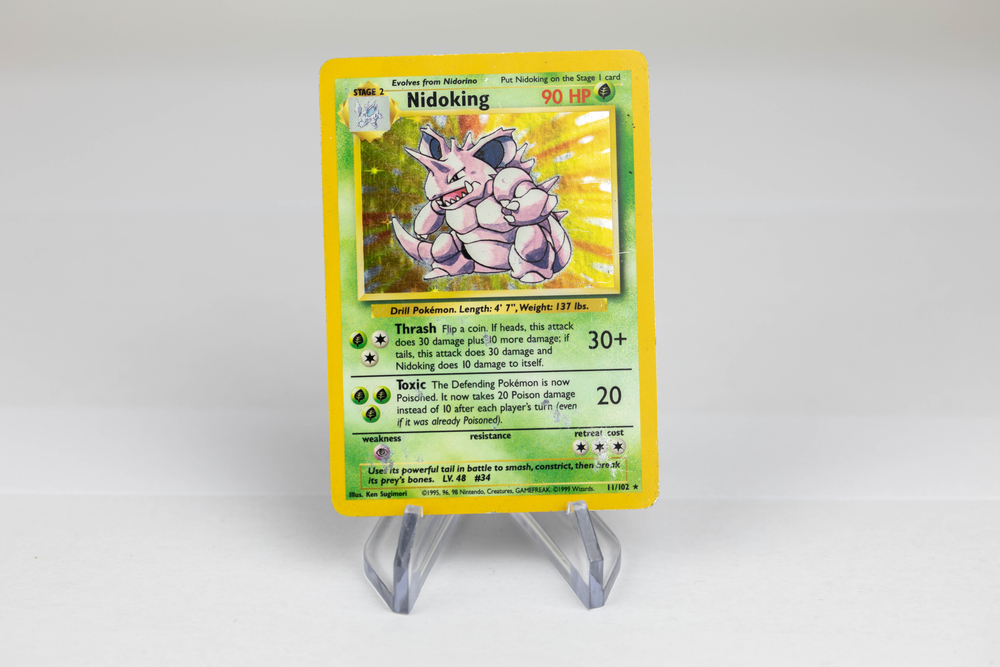
Holographic cards look amazing, but they are fragile. Even when placed in binders, they can get scratched just from sliding in and out. That is why many high-value holos are graded lower, even if they were never played. Keeping them in sleeves and hard cases helps protect that shiny surface.
Many collectors learned this the hard way after pulling a rare holo and storing it without protection. Some scratches are barely visible to the eye but still affect grading scores. That is why condition plays such a big role in card value. A small scratch can be the difference between a hundred-dollar card and a thousand-dollar one.
Fake Pokémon Cards Are Still a Big Problem
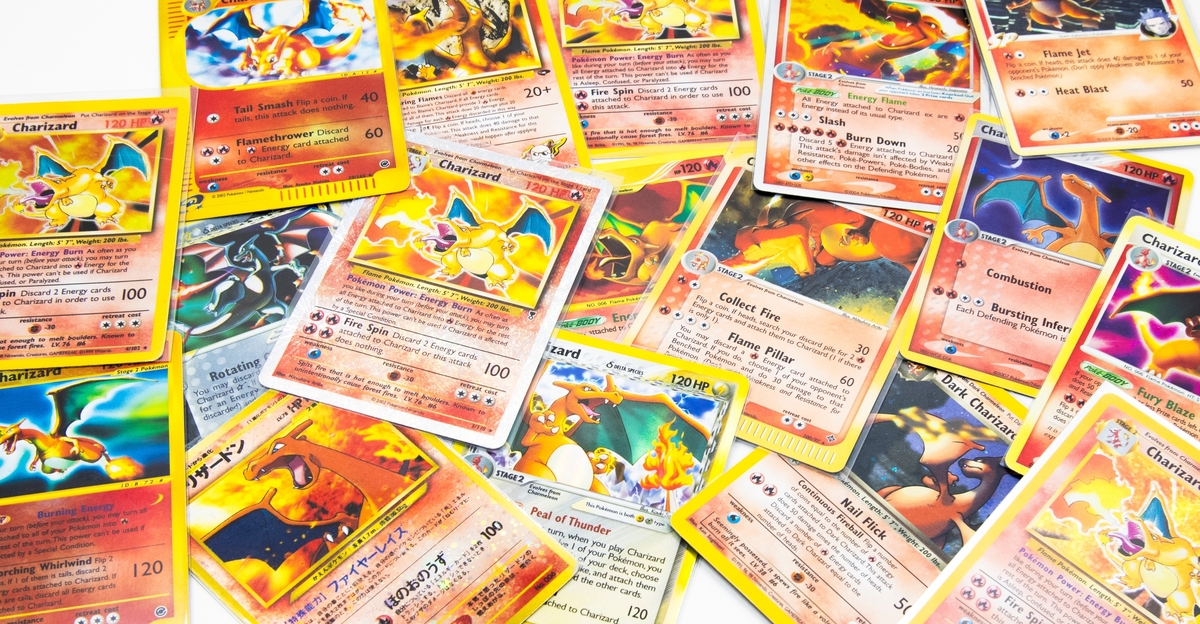
Counterfeit Pokémon cards are everywhere, especially online and in some flea markets. Many of these fakes are easy to spot once you know what to look for, like incorrect fonts, off colors, or low-quality paper. However, some are more convincing and can fool people who are new to collecting. Even popular marketplaces sometimes list them without knowing.
The Pokémon Company has added new features to help reduce the number of fake cards. Things like special textures, holographic layers, and sharper printing have helped. Still, checking cards in person or buying from trusted sellers is the safest route. Being informed is the best way to protect your collection.
Cards Have Different Names and Designs in Japan
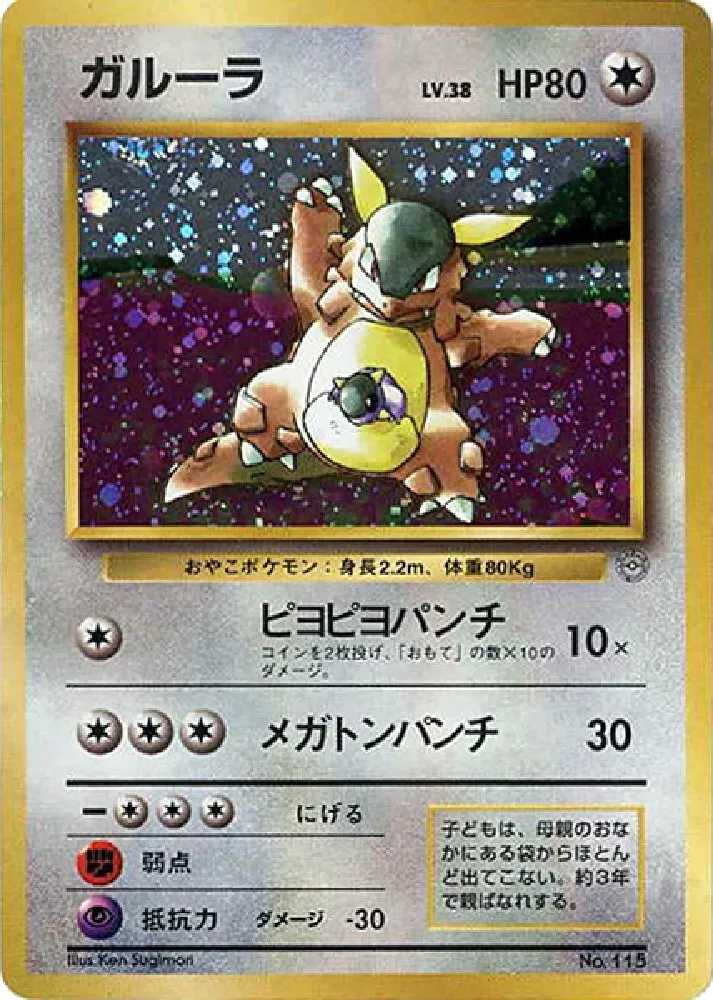
Japanese Pokémon cards are often quite different from the English versions. They sometimes have different artwork, card layouts, or even exclusive promotional releases. Japan usually gets cards first, and some designs never get released outside of the country. That has made Japanese cards a fun area to explore for dedicated collectors.
Text placement and font choices in Japanese cards also tend to look cleaner. They use silver borders instead of yellow, which gives the cards a different feel. Some collectors prefer Japanese versions for both appearance and quality. It is a side of the hobby that many newer fans enjoy diving into.
Some Cards Were Only Available Through Events

There are cards that were never sold in stores and were only handed out during events. This includes tournaments, Pokémon Center promotions, and even movie ticket giveaways. Because of that limited access, many of these cards are hard to find today. Some of them were printed in very small numbers.
One example is the Ancient Mew card, which was given to fans who watched “Pokémon: The Movie 2000.” Another is the Tropical Wind promo, handed out at World Championships. These types of cards carry a lot of sentimental and collector value. Tracking them down can be a fun challenge for longtime fans.
First Edition Stamps Are Only on Certain Sets
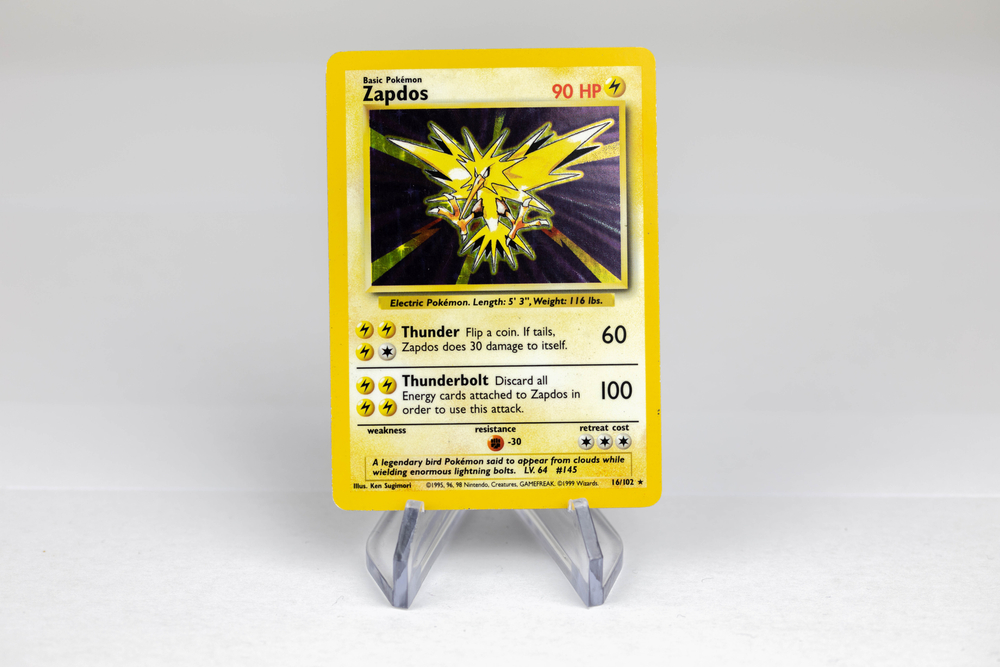
Not every Pokémon set has a first edition print run. The stamp was only used on select sets in the early years of the English game. After a while, the company moved away from the concept and stopped using the stamp altogether. That made earlier sets with the mark more collectible.
Collectors often look for the first edition symbol on the left side of the card. It adds extra value when the card is also holographic and in good condition. Later sets, like the Neo series, were among the last to feature the first edition symbol. Once it disappeared, rarity had to be judged in other ways.
Some Cards Were Banned From Tournaments
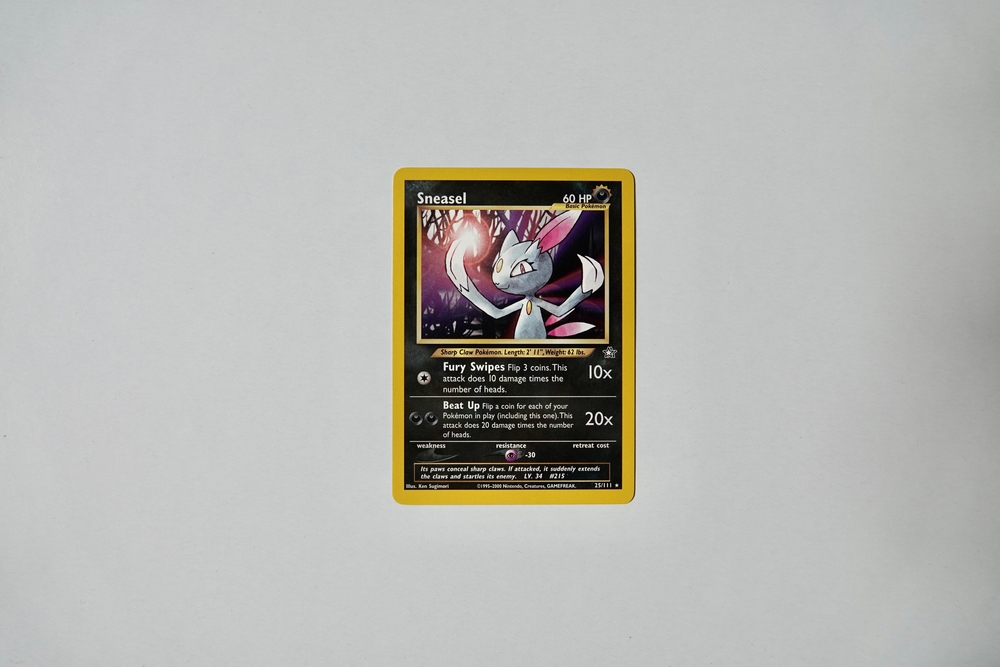
A few Pokémon cards have been banned from official tournaments because they were too powerful or had unclear wording. Cards like “Lysandre’s Trump Card” and “Sneasel” from Neo Genesis caused issues in gameplay. Players used them in ways that made matches unfair or repetitive. To keep the game balanced, the rules committee stepped in.
Banned cards are still collectible but cannot be used in competitive play. They sometimes hold special appeal just for being part of the game’s history. Understanding which cards were restricted can help fans learn how the game evolved. It is a reminder that balance is just as important as design.
Misprints and Errors Can Make Cards Valuable
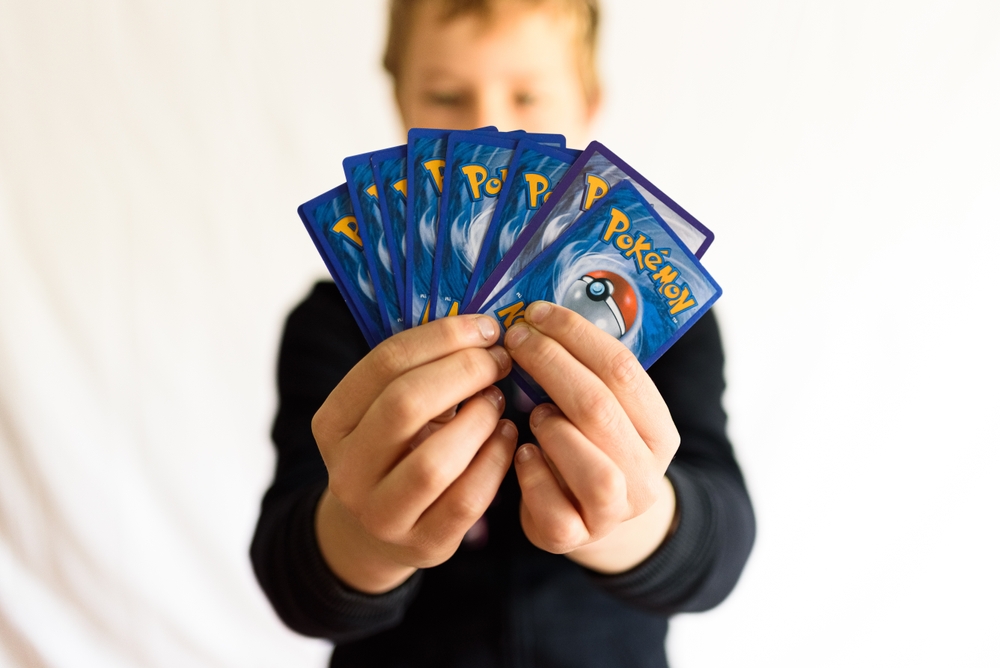
Printing mistakes sometimes make certain cards rare and collectible. These can include upside-down energy symbols, missing holofoil, or even incorrect names. Some error cards are worth more than the regular versions because they are harder to find. Others just make for great conversation starters among collectors.
One famous example is the “No Rarity Symbol” Base Set cards in Japan. These were early prints before the standard star rarity symbol was added. Another example is the upside-down back found on some English cards. While not all misprints are valuable, the right ones can become collector favorites.
The Card Game Is Still Being Played Competitively
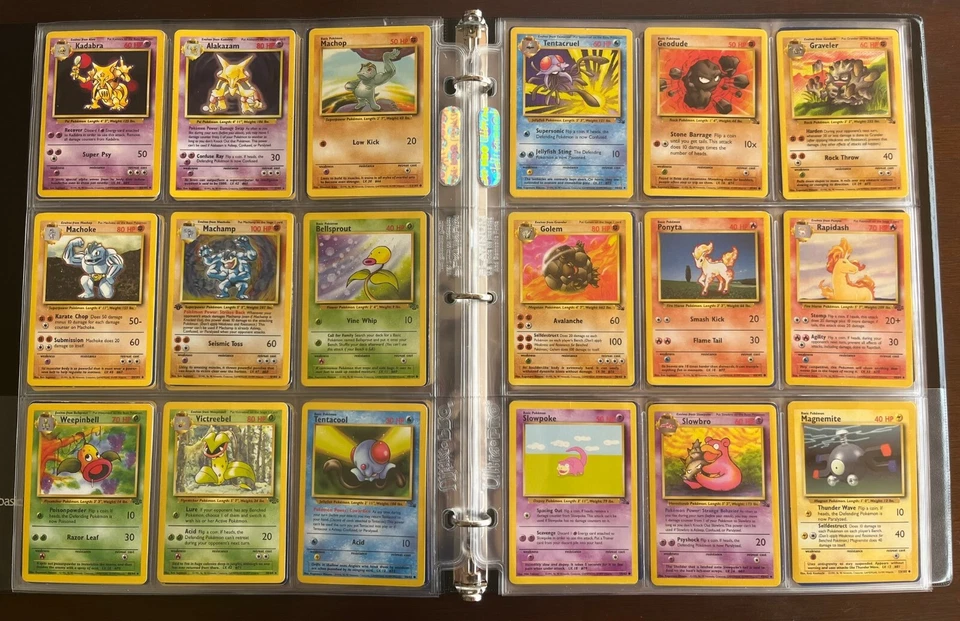
While many people collect cards for fun or value, there is still an active competitive scene. Players build decks and enter tournaments to test their skills against others. The rules continue to evolve with each new set release. Strategy and timing play a big role in winning.
World Championships are held yearly and bring together the top players from around the globe. Winning decks are often posted online, helping new players learn from the best. Pokémon keeps releasing new cards to keep the game fresh. It remains a fun and challenging hobby for players of all ages.
Grading Adds Serious Value to Certain Cards
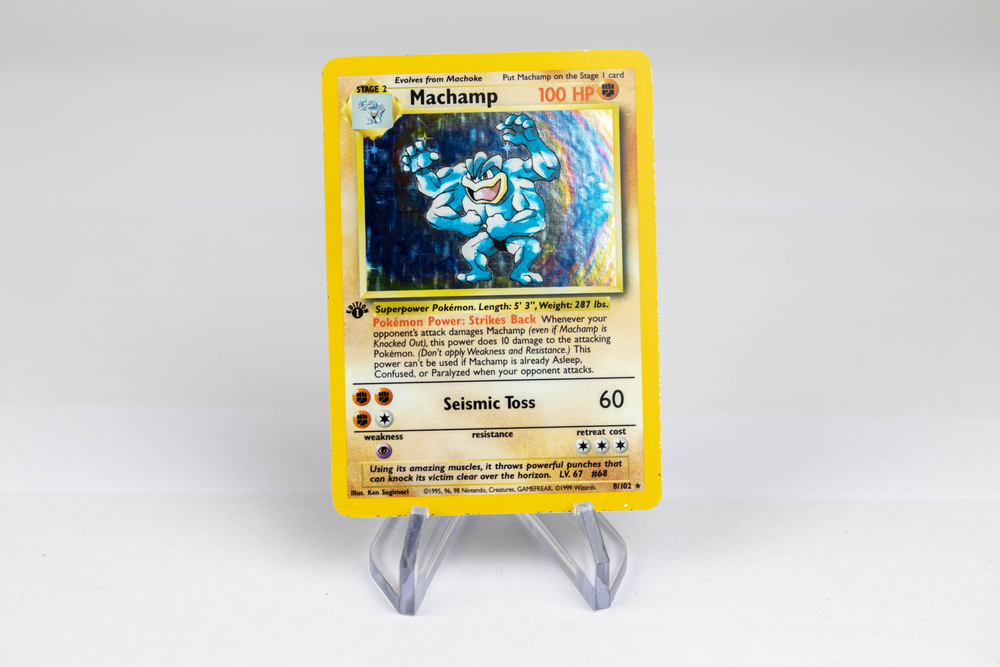
Getting a card graded can change its market value dramatically. Companies like PSA or Beckett give cards a score based on condition, ranging from 1 to 10. A perfect 10 means the card has sharp corners, no scratches, and great centering. That score becomes a selling point for collectors.
Graded cards are sealed in plastic cases with the grade shown at the top. This helps buyers feel more confident when purchasing online. It also keeps the card safe from damage or bending. Many top-selling cards in the world are high-grade versions of already rare prints.
Pokémon Cards Were Once Printed by Wizards of the Coast
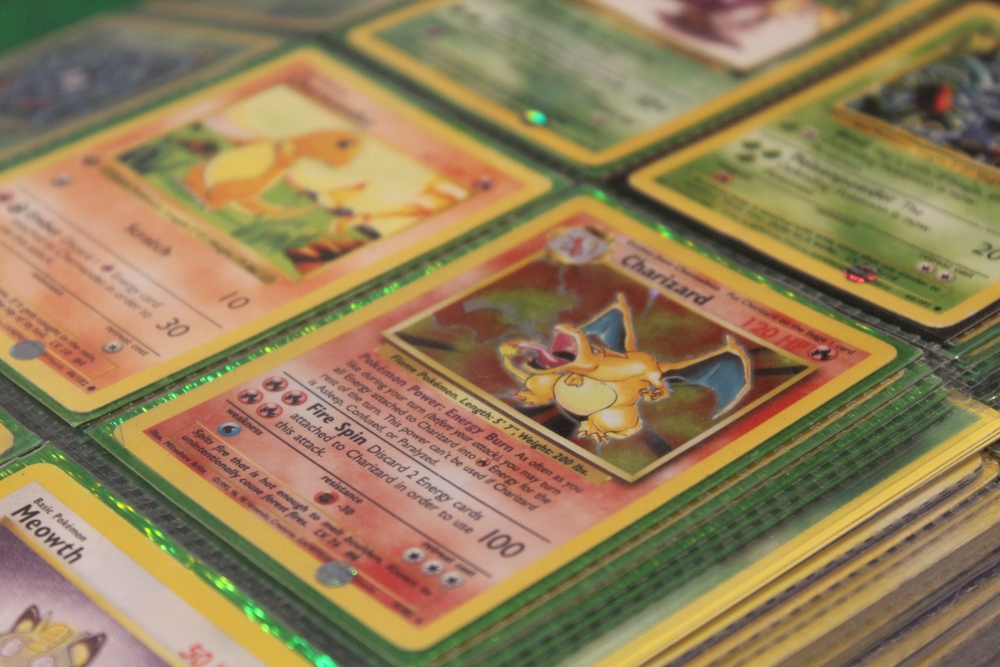
Before The Pokémon Company handled its own printing, Wizards of the Coast was in charge of the English sets. They were the same company behind Magic: The Gathering. Wizards printed sets like Base, Jungle, Fossil, and a few after that. Their era ended around the early 2000s.
Cards from the Wizards period have a distinct look and feel. You can spot their logo on the bottom right of the card boxes from that time. Many fans feel that sets from the Wizards era carry more nostalgia. Collectors often separate their cards into “Wizards era” and “Modern era” categories.
Gold Star Pokémon Are Some of the Hardest to Pull
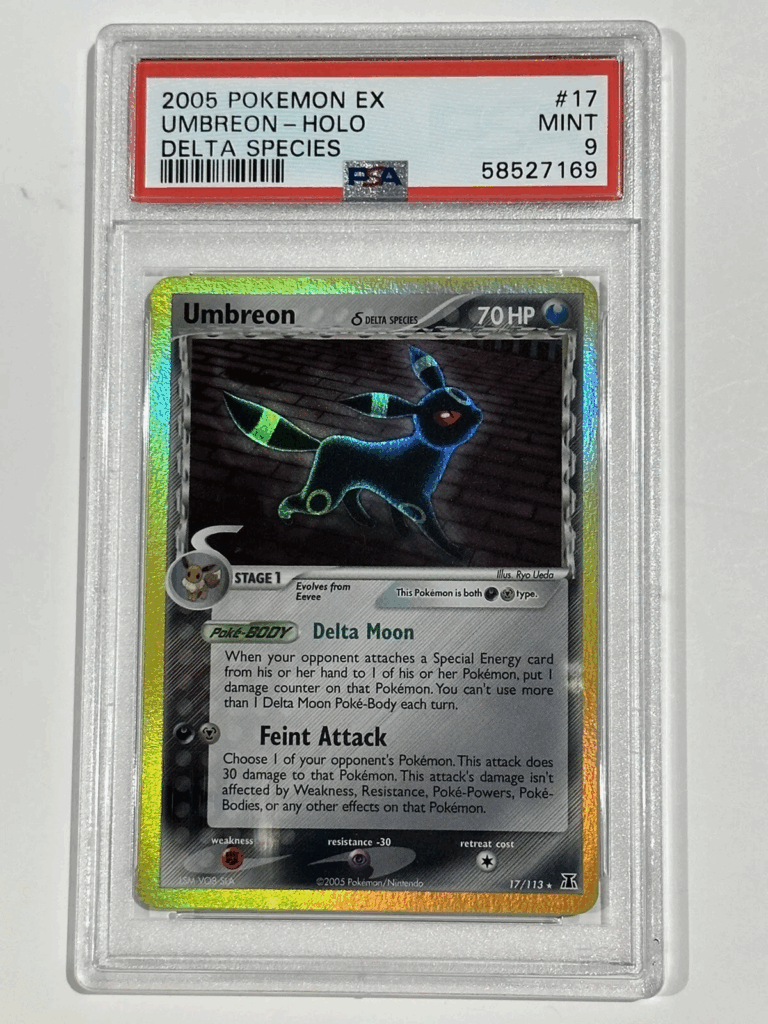
Gold Star Pokémon cards were introduced in the mid-2000s and quickly became a collector favorite. These cards featured shiny or alternate-colored Pokémon and had a special star symbol next to their names. Pulling one from a pack was extremely rare, which added to their appeal. Only a small number were included in booster boxes.
Some Gold Star cards can sell for thousands, especially in high grade. Popular ones include Gold Star Rayquaza and Gold Star Charizard. These cards helped bring attention back to the hobby during a quieter period. Even now, collectors chase them for both their rarity and look.
This article originally appeared on Avocadu.
